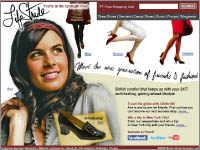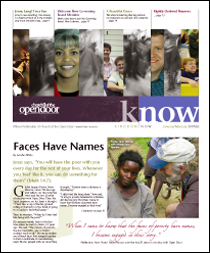The 2011 Mid-Summer Celebration Show held at Simon’s Arena in Cannon Falls, MN drew terrific Walking horses and well-schooled riders from Canada, Michigan, Missouri, Wisconsin and Minnesota. The show also featured Saddlebred, Morgan, Hackney, and Arabian classes. An ice cream social was held in honor of the late Dr. Richard Bol who received a Lifetime Achievement Award for his decades of leadership in promoting and showing Tennessee walking horses. With heavy hearts his presence is deeply missed, yet his legacy lives on through the many people whom he inspired and mentored.
***
By Jennifer Klitzke
The Good, the Bad, and the Ugly
A blue ribbon doesn’t always tell the whole story, but let me tell you, I worked hard for this one. Gift of Freedom (Makana), my seven-year-old Tennessee walking horse and I won the Amateur-Owner-Trainer/Three-Gaited Walking Horse class, and yes, we were the only pair showing in it. After our ride, the judge commented, “That was really brave!” (You’ll understand what she meant in a moment.)
For me, the 2011 Mid-Summer Celebration Show was a new twist on an old cliche; it was about “the good” that came through “the bad and the ugly.” It seemed that Makana and I were off to a great start. She had an unusual amount of energy despite the 105-degree heat index. She had the right amount of energy for flat walk, running walk, and canter.
The lineup was another story: a place my horse normally shines by standing calmly and backing soft and round. Instead she over-exuberantly expressed her desire to back before it was her turn, so much so that the judge excused us to the end of the nine-horse lineup. When the judge reached the end of the lineup, she didn’t even ask us to back, maybe for fear that the class might never end! It was the good ride gone bad and one we continued to practice class after class after class until our blue ribbon ride. From there it got ugly.
Gift of Freedom rode respectably through all three gaits in both directions in her solo ride. She even stood calmly in the lonely lineup and backed on cue. “Phew!” I thought, but moments later the announcer declared the winner where the clapping, whooping, and cheering Saddlebred crowd inspired Makana to swirl through the air, around and around, and wear a hole through my panic button. The sequenced-dressed blue ribbon lady spun around like a disco ball to the beat of the organ music and prayed for the opportune moment to transfer the ribbon to my jacket. Somehow, without Photoshop the show photographer actually captured a smile on my face through this frightening frenzy.
My horse continues to teach me humility (or humiliation) whichever comes first. Next time I’ll remember that humility is far more pleasant!
“The good” that came through “the bad and the ugly” was the encouragement I received from many long-time competitors who at one time or another have been there themselves. I wasn’t alone in the fear and frustration of when things don’t go according to plan. These people encouraged me to persevere and face the next class with confidence, remembering to breathe, and turn unmannerly antics into schooling opportunities even while at a recognized show.
Another “good” Mid-Summer Celebration thrill was meeting national clinician Anita Howe in person and watching the signature head nod of her stallion Papa’s Royal Delight who won the Grand Championship class. After watching some of our rides, Anita offered insights that will help us establish better balance, softness, and engagement to improve our flat walk, running walk, and canter.
Had I not experienced “the bad and the ugly,” I may have missed “the good” that many seasoned competitors like Anita Howe and others had to share. So the blue ribbon reminds me of the good people who encouraged me when I wanted to pack up and go home. The blue ribbon has replaced disco visuals of John Travolta in a tight, white suit. And the blue ribbon reminds me that I find a “gift of freedom” whenever I face my fears with a breath of fresh air.


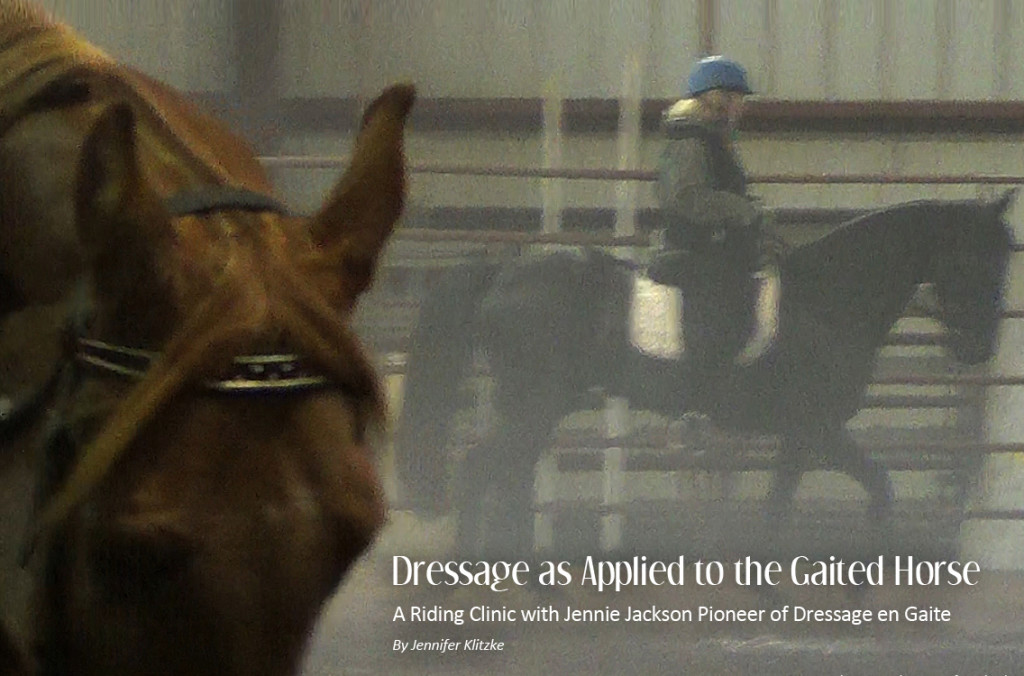
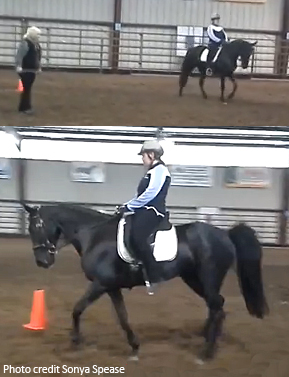
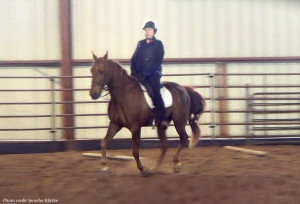
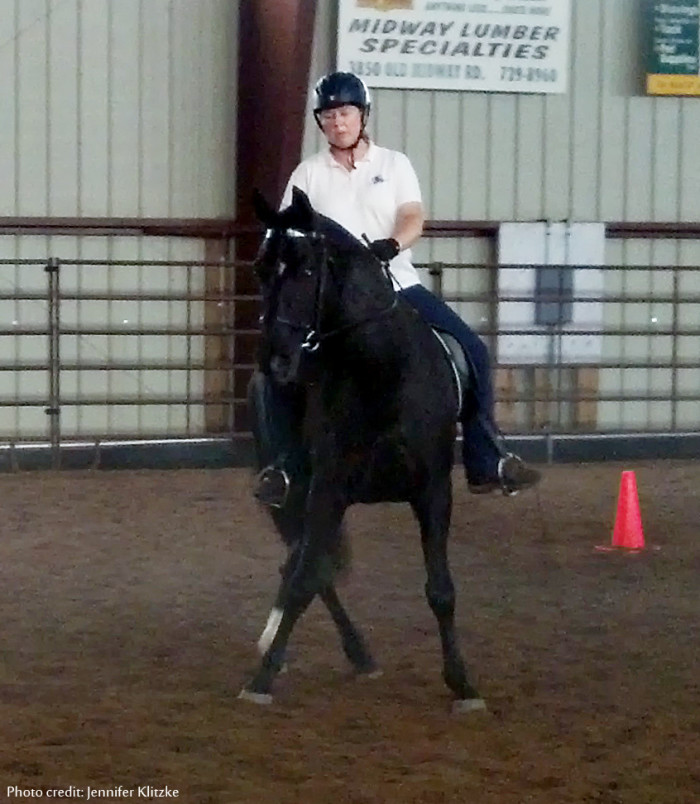
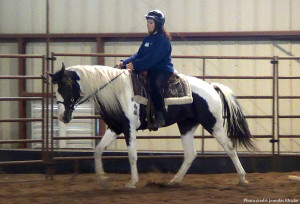
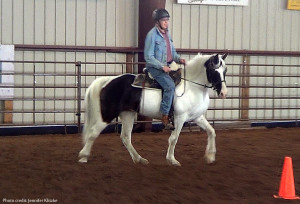
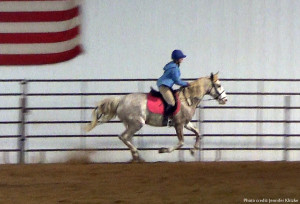
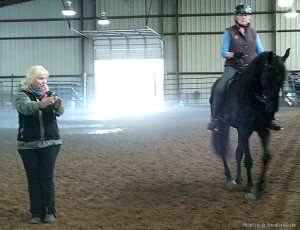
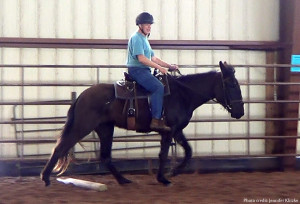
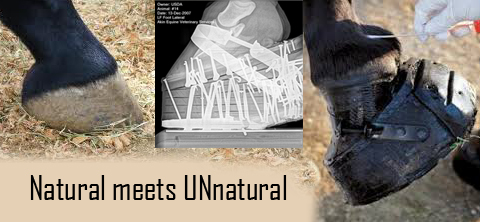
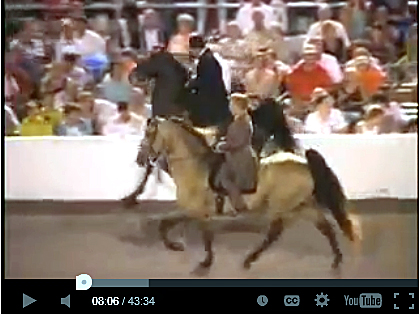 The
The 






